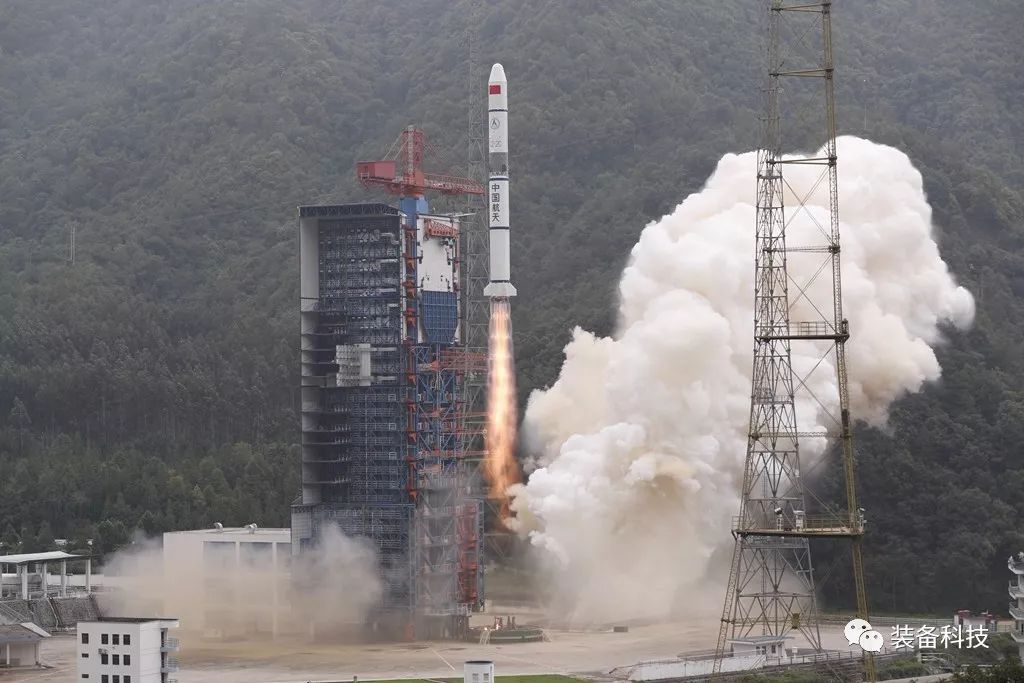Featured image: CALT
Lift Off Time | August 24, 2021 – 11:30 UTC | 19:30 BJT |
|---|---|
Mission Name | Internet Connectivity Test Satellite |
Launch Provider | China Aerospace Science and Technology Corporation (CASC) |
Customer | China Satellite Network Group Co. Ltd |
Rocket | Long March 2C / YZ-1S |
Launch Location | Site 9401 (SLS-2), Jiuquan Satellite Launch Center, China |
Payload mass | Unknown, a maximum of 3,850 kg (8,500 lb) based on orbital parameters |
Where is the spacecraft going? | Low Earth orbit (LEO) |
Will they be attempting to recover the first stage? | No, this is not a capability of the CASC |
Where will the first stage land? | It will crash into North-West China |
Will they be attempting to recover the fairings? | No, this is not a capability of the CASC |
Are these fairings new? | Yes |
How’s the weather looking? | TBD |
This will be the: | – 58th Long March 2C mission – 20th flight of a Yuanzheng upper stage – 26th Chinese launch of 2021 – 81st orbital launch attempt of 2021 |
Where to watch | If available, a stream will be listed here |
What does this all mean?
CASC is preparing to launch the Internet Connectivity Test Satellites, a communications satellite, atop a Long March 2C / YZ-1S rocket from the Jiuquan Satellite Launch Center.
The Internet Connectivity Test Satellite
Very little is known about the payload being launched. The pair of test satellites are thought to be part of the development of two state-owned Chinese low Earth orbit constellations, which is planned to consist of 13,000 satellites. Plans indicate that the sub constellations will range from 500-1,145 km in altitude, with inclinations between 30-85 degrees, and the satellites will cover a wide range of frequency bands.

Long March 2C / YZ-1S
The Long March 2C is a three stage launch vehicle, featuring a Yuanzheng upper stage, capable of putting up to 3,850 kg into low-Earth orbit, and up to 1,250 kg into geostationary transfer obit (GTO).
First stage
The first stage has four YF-21C engines, each running on dinitrogen tetroxide (N2O4) and unsymmetrical dimethylhydrazine (UDMH). The stage produces 2,960 kN of thrust and has a specific impulse (ISP) of 260 seconds. The first stage is 25.72 meters tall and 3.35 meters in diameter.
Second stage
The second stage has a single YF-24E engine, containing one main YF-22E engine for thrust, and four YF-23C attitude control thrusters, running on N2O4 and UDMH. The main engine produces 816 kN of thrust and the attitude control thrusters each produce 47 kN. The main engine has an ISP of 300 seconds, while the attitude control thrusters have an ISP of 289 seconds.
Third stage
The third stage, the Yuanzheng, is a restartable upper stage. The variant used on the Long March 2C is designated YZ-1S. The Yuanzheng allows launch vehicles to deploy their payloads directly into high energy orbits, like medium Earth orbit (MEO) and geosynchronous orbit (GSO). The stage features one YF-50D engine, which like the first and second stages runs UDMH and N2O4. It provides 6.5 kN of thrust and has an ISP of 315.5 seconds. The stage can perform at least two burns within its lifespan of 6.5 hours.






